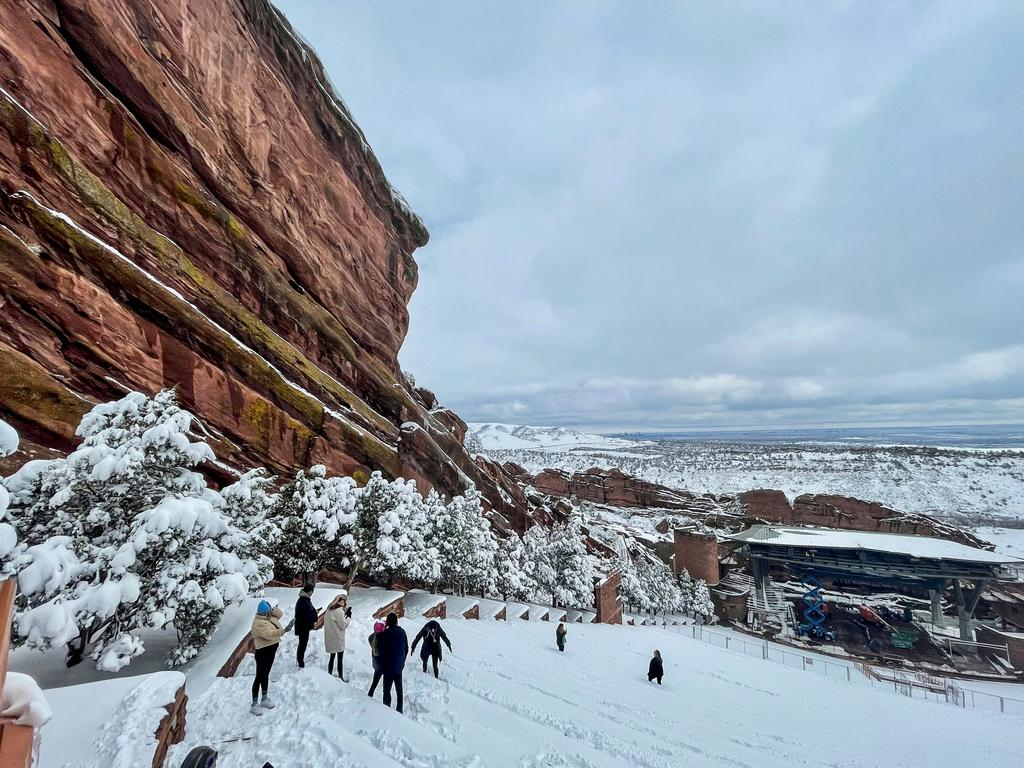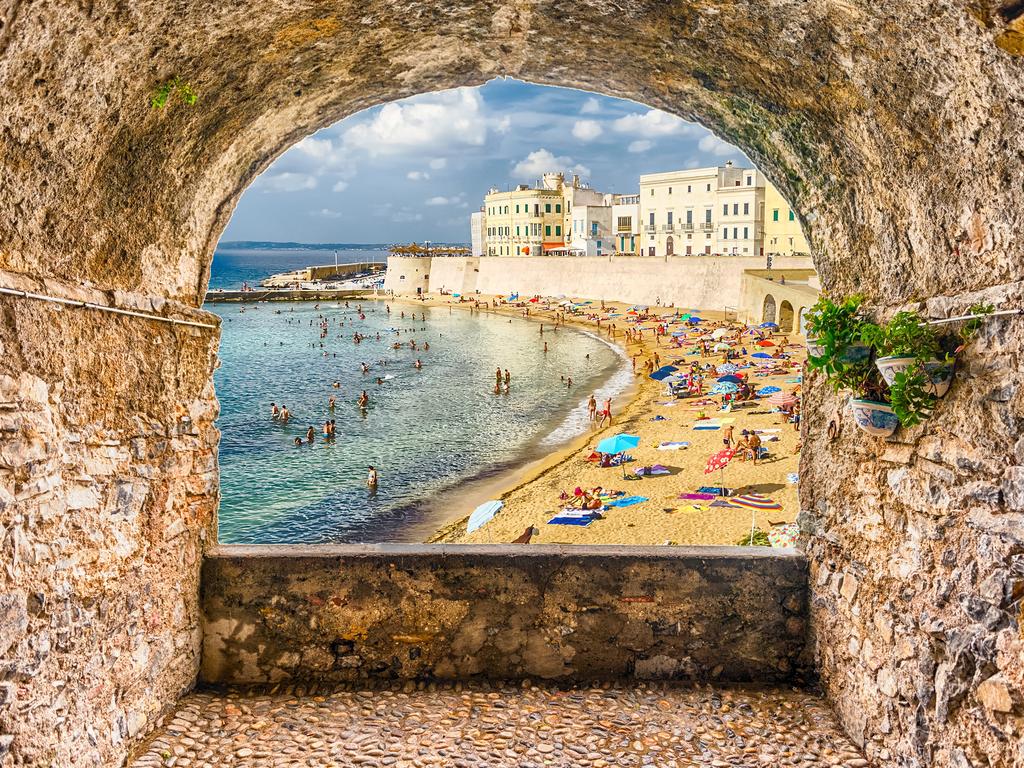New Orleans’ National WWII Museum: a grand American war story
This museum in the deep south could be seen as a personification of the American stereotype: big, brash, loud, self-obsessed and over the top. It’s also utterly compelling.
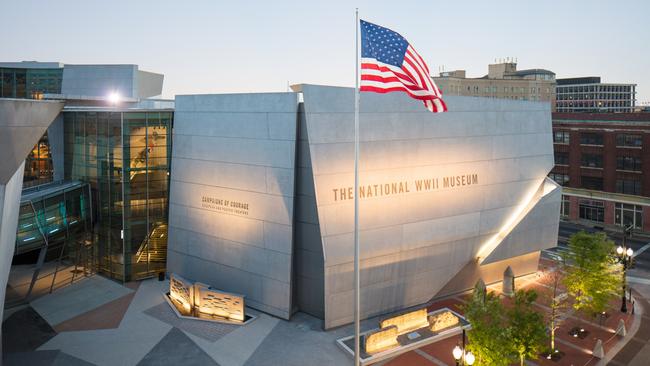
Walking through New Orleans’s National WW II Museum, you could be forgiven for thinking the Axis powers were defeated single-handedly by Uncle Sam. Likewise, the conflict in the Pacific Theatre appears to have been fought solely between the US and Japan. Did any other countries lift a finger to help? You’d have thought, for instance, that the Brits might have picked up a few rifles and fired some shots at the Germans who were threatening to invade them, but apparently not.
I’m over-egging it, of course, but the overwhelming American bias is hard to ignore at this colossal museum, which spans three blocks of the city’s Warehouse District and is ranked by TripAdvisor as the No.1 attraction in New Orleans. The curators make no apologies for presenting World War II through a purely American lens, and the museum itself could be seen as a personification of the American stereotype: big, brash, loud, self-obsessed and over the top. Also, utterly compelling.
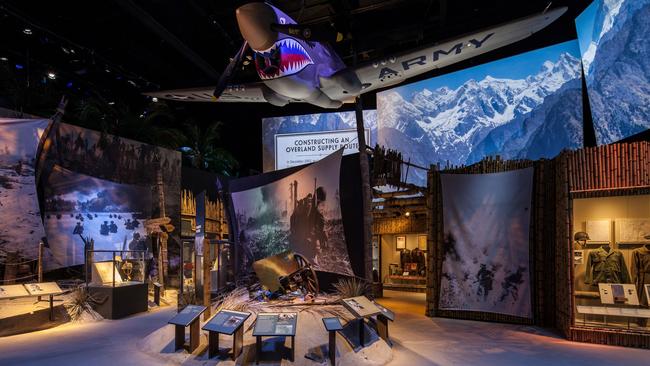
I wouldn’t want to say it’s like a war zone in there, but it’s certainly a visceral experience. Theatre seats vibrate, props move across the floor, snow falls from the rafters, and the hellfire of the Luftwaffe appears to explode out of the screen during the “4D” film, Beyond all Boundaries (narrated by who else but Tom Hanks). Inside the US Freedom Pavilion, replica war planes are suspended from the ceiling as if frozen mid-dogfight, with elevated catwalks that give visitors a cloud’s-eye view of the action.
The museum deserves a full day, but if you have just half of that there are a couple of must-see exhibits. “Arsenal of Democracy” addresses why America took so long to enter the war, and includes a moving exhibit on life in the Japanese internment camps, where any American with Japanese ancestry was incarcerated. “Road to Tokyo” takes visitors on a journey through the jungles of Guadalcanal, on to a recreated bridge of the USS Enterprise, culminating in quiet, reverent reflection on the atomic bombings of Hiroshima and Nagasaki in August 1945, which marked the war’s end.
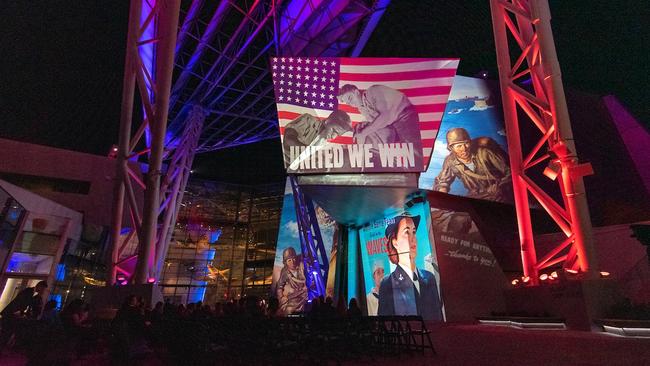
The museum has been growing and refining since it opened in 2000, the latest addition being the Liberation Pavilion, a $US47m ($74.4m) permanent exhibition detailing the aftermath of the war and its enduring legacy. Commendable effort has been made to spotlight the personal impact of conflict. Upon arrival you’re allocated the “dog tag” of a real soldier, so you can follow in their footsteps through the Campaigns of Courage exhibit, and there’s a poignant wall of letters sent by servicemen back home to their families. At night the museum buildings are transformed into 27m-high projection screens for a rousing sound-and-light show called Expressions of America, held out in the parade ground. Tickets include dinner at the American Sector Restaurant, a cocktail and a pre-show performance.
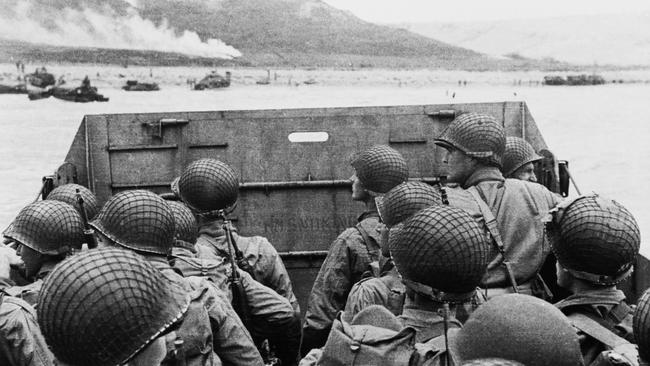
The museum sprawls further to encompass the Art Deco-inspired Higgins Hotel, part of Hilton’s Curio Collection. It rivals the museum for size and intent, with a soaring lobby, 230 guestrooms with a 1940s aesthetic, an attractive rooftop bar and the surliest front desk staff I’ve ever encountered in the US. The hotel name also contains a clue as to why an enormous military museum is located in a city more famed for jazz, creole cuisine and Mardi Gras. New Orleans native Andrew Higgins invented the amphibious craft that landed more than 30,000 Allied forces on the beaches at Normandy on D-Day. More than 20,000 “Higgins boats” were churned out, put together by the first racially integrated workforce in New Orleans. Fewer than 20 of the boats remain – and so far none have made it to this museum, which has to make do with a wooden replica – but the pride is palpable. Americans credit the boat for winning the war, and frankly I’m not game to argue.
In the know
The National WWII Museum is at 945 Magazine Street, New Orleans. Open daily, 9am-5pm; adult general admission $US36 ($57), concessions available.
nationalww2museum.org
Ricky French was a guest of Travel South USA and the National WWII Museum.
If you love to travel, sign up to our free weekly Travel + Luxury newsletterhere.

